Following the Jovian Moons Through 2021 Mutual Eclipse Season
By David Dickinson
Watch as the Jovian moons perform a spectacular celestial dance in 2021.
Wondering where all the planets have gone? With the the exception of Mars high in the dusk sky, all of the other naked eye planets (Mercury, Venus, Jupiter and Saturn) are currently hiding low in the dawn… but that’s about to change.
If you own a telescope, Jupiter is especially worth keeping an eye on in 2021. The reason is we’re entering in to mutual eclipse season for Jupiter’s major four Galilean moons, a fascinating time when the moons of Jove pass one in front of the other in a complex series of events.
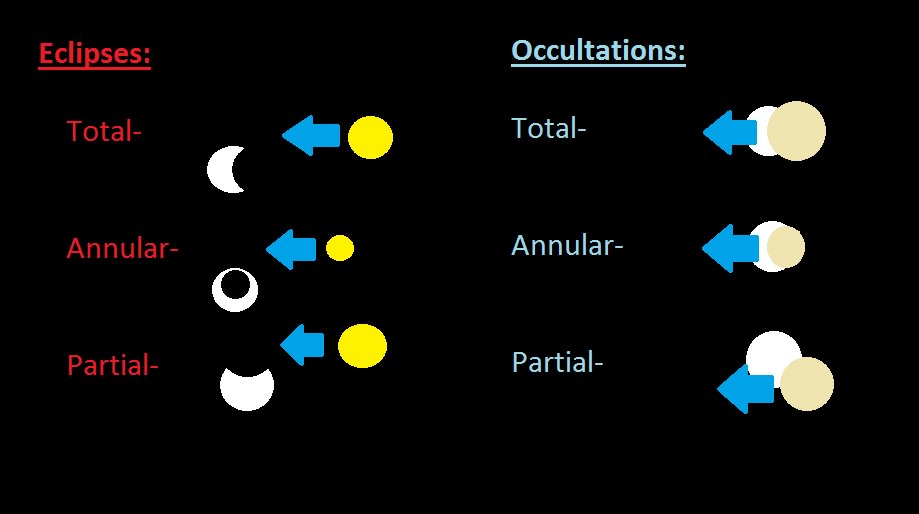
Following Jupiter in 2021
Fresh off of solar conjunction on January 29th, late February sees Jupiter just 20 degrees west of the Sun. The situation improves greatly through March and April, as Jupiter gains prominence in the dawn sky. Jupiter reaches quadrature 90 degrees west of the Sun on May 21st, and reaches opposition on August 20th, marking the very best time to track Jupiter throughout the night. Incidentally, you can see the difference this change makes versus the Jovian moons as they all cast shadows off to one side at quadrature, versus nearly straight back near opposition.
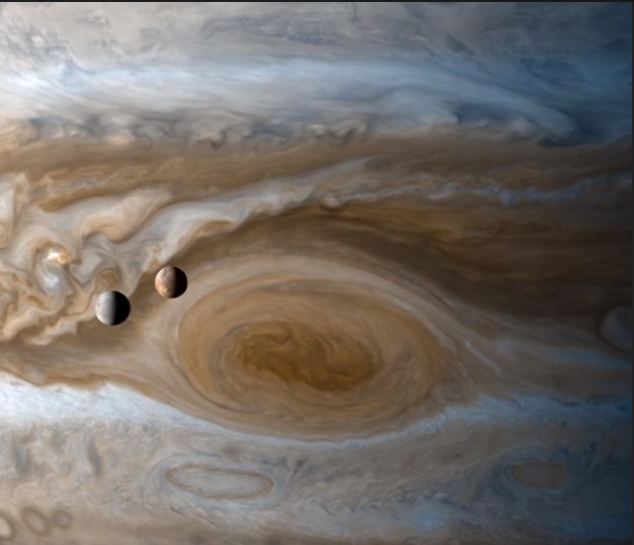
Mutual event season occurs because the orbits of the Jovian moons are tilted by a slight few degrees relative to our perspective, similar to the orbit of our own Moon versus the ecliptic. This means that the orbits of the moons are edge-on twice per one Jupiter orbit around the Sun, or about once every five years. This last occurred in late 2015, and will happen again in 2026. Once the season is underway, an enthralling set of eclipses and occultations occur, as moons alternately cast shadows on, and pass one in front of another. Sometimes, a given moon might dim just a fraction of a magnitude in brightness as a shadow deals it a glancing blow… on other occasions, it might disappear completely.
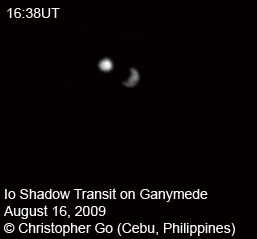
The inner three Galilean moons of Io, Europa and Ganymede are in a 1-2-4 orbital resonance, leaving outermost Callisto as the ‘odd moon out.’ Callisto is also the only moon of the ‘big four’ that can ‘miss’ casting a shadow on Jupiter on occasion, and only does so around mutual event season. Up to three moons can cast shadows simultaneously onto Jove, as last occurred on January 24, 2015. This will happen next just over a decade from now on March 20, 2032.
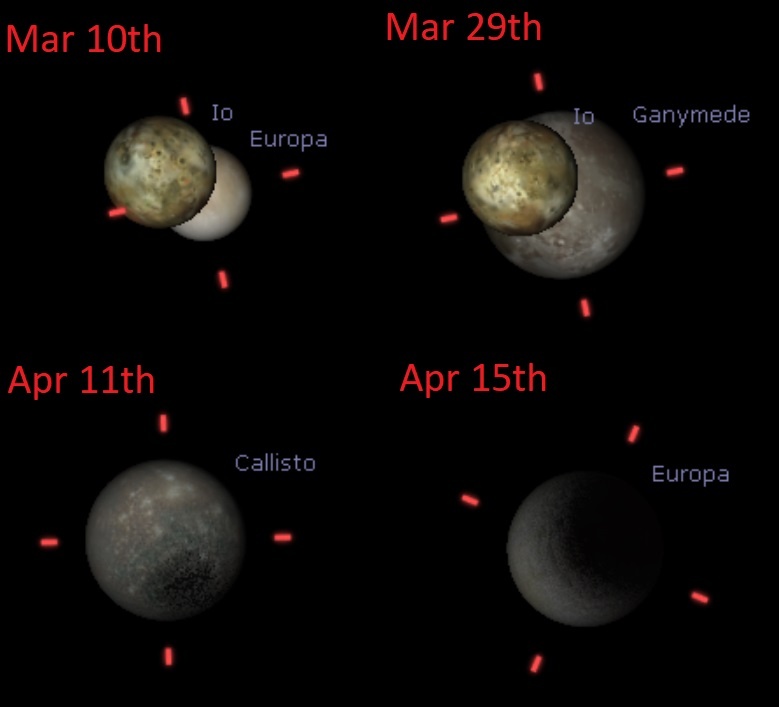
Following the Jovian Moons in 2021
The Institut de Mécanique Céleste et de Calcul des Ephémérides maintains an extensive table for Phenomena for Jupiter’s Moons in 2021. Times are noted in Universal Time (UT), and events are listed as, for example, ‘EoI’ ‘Europa occults Io,’ or ‘GeC,’ ‘Ganymede eclipses Callisto’ etc.
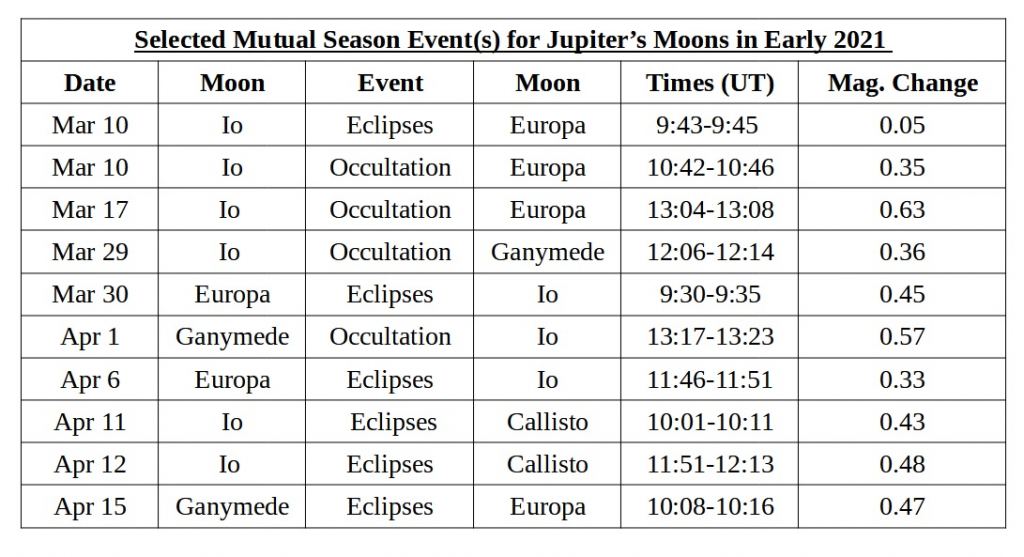
Of course, standing on the surface of one of those moons, and watching as another moon’s shadow passes overhead, you’d see a total solar eclipse. We like to say that the eclipses generated by the Earth-Moon-Sun syzygy are rare… but the events during mutual eclipse season are very similar in terms of moon versus. Sun size, just faster, measured in the dozens of seconds at most.
Perhaps one day, we can stand on one of Jupiter’s moons and witness a total solar eclipse for ourselves… but for now, be sure to get out and observe one of these unique events during Jupiter observing season, 2021.
-We’ll be Tweeting all the Jovian events for 2021 within 24 hours of occurrence as @Astroguyz on Twitter.
Lead Image: Hubble catches a rare triple shadow transit. NASA/Hubble STScI
The post Following the Jovian Moons Through 2021 Mutual Eclipse Season appeared first on Universe Today.
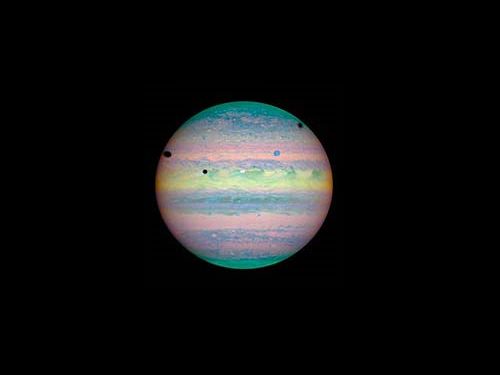
February 19, 2021 at 08:18PM
via Universe Today read more...

Post a Comment